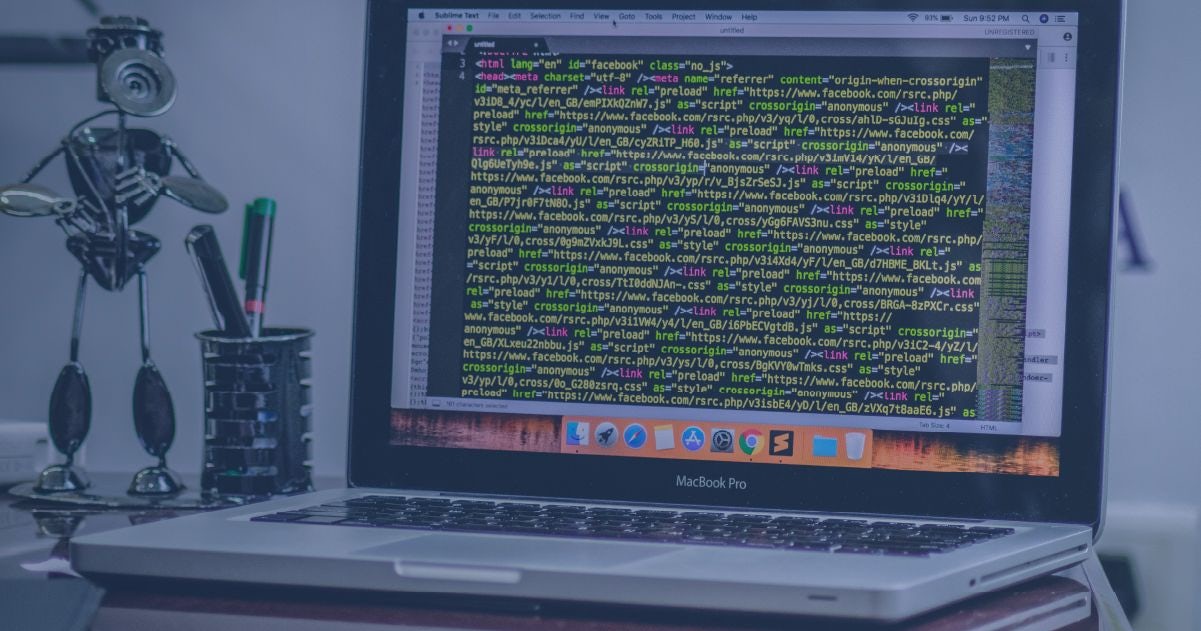User experience and user engagement all rely on the perfect user interface, and here’s where Material vs Bootstrap opposition comes to play. And it's a major one, as both front-end frameworks are known as powerful tools used for web development in general, and creating responsive websites in particular.
They both have huge corporations standing behind them – Twitter in the case of Bootstrap (with the latter initially called Twitter Blueprint), and Google as far as Material Design is concerned. But they’ve both come a long way from what they were in the beginning, and currently are much more than just internal tools.
But what exactly can front-end developers gain by utilizing them? And what are the most significant constraints of doing so? Can we call any part of the Bootstrap vs Material UI opposition better?
Table of contents:
1. Bootstrap & Material UI – the lowdown
2. Bootstrap vs Material – which one is better?
3. Material Design vs Bootstrap boiled down
Bootstrap & Material UI – the lowdown
Before we get down to a Bootstrap vs Material comparison, we need to make sure what exactly both parts of this opposition are.
Bootstrap is a front-end JS framework and can also be referred to as an HTML, CSS, or JavaScript library. It is known for being open-source and free, and its design templates can be used for things such as navigation, buttons, and typography, to name a few.
Bootstrap prides itself for being „the world’s most popular front-end open-source toolkit, featuring Sass variables and mixins, responsive grid system, extensive pre-built components, and powerful JavaScript plugins”.
Also, GitHub users appreciate Bootstrap greatly, giving it as many as 153.000 stars – and thus a tenth place on the list of most starred projects (as of October 2021). It enables creating cutting-edge web apps, and, apart from Twitter itself, is used by giants such as Dropbox, Bloomberg, and Airbnb.
Material is one of the leading React UI libraries. It offers a big number of useful UI components – both foundational and advanced – that are additionally called self-supporting, simple, and declarative.
It's advertised at its own website as a „robust, customizable, and accessible library of foundational and advanced components, enabling you to build your own design system and develop React applications faster”.
Google’s Material Design, as its full name suggests, focuses on design building with the use of advanced, sophisticated theming features. It enables setting up design systems, design kits, and fully built templates as well as more flexible custom themes’ creation by front-end developers themselves. However, great design, Material’s hallmark, is to be paired with the innovative technical approach in the case of this popular library.
Bootstrap vs Material – which one is better?
Keeping in mind that Bootstrap and Material are not identical toolkits, we may point out both similarities and differences between them. The latter concern, among others, possible applications and use cases so it’s essential to be aware of them before you decide to choose any of these. Moreover, Bootstrap is regarded as more versatile, being a CSS, HTML, and JavaScript framework while Material Design is a React-only library.
Bootstrap framework is valued for its impressive development speed – due to its ready-to-use code blocks – and, for this reason, it is recommended for those front-end developers who need to deliver a web app or a website quickly. Material Design is, in general, worse on that end but using templates may increase the speed of development.
As for similarities, we may emphasize that both Bootstrap and Material UI offer good browser compatibility. Both frameworks have a 12-column grid system, enabling complete responsiveness. And both are regarded as reliable, appreciated, and frequently chosen by software developers.
However, as Material’s primal purpose was mobile devices, apps created with this design language look more modern, and its creators enjoy greater freedom when developing. It puts greater attention to things such as animation, pop-up, and sliders – elements that we won’t find within layouts created with Bootstrap, as the latter tends to be more elegant, stylish, and minimalistic – aligned with its information presenting purposes.
Material Design vs Bootstrap boiled down
What to choose, then, Material or Bootstrap? Well, it depends primarily on the project you are working on. Material Design framework offers an extensive library of powerful UI components that help developers build various types of user interfaces that are beautifully designed, ready-to-use and easily customized.
Material is a visual or design language with a grid system for layout creation in the very center. Thanks to it, advanced and more sophisticated effects such as vivid colors, lighting and shadows, padding, and responsive animations are possible to achieve. In fact, it can be used to support building all types of user interfaces.
Bootstrap, in turn, is a tool meant to simplify the process of developing informative web pages and building easy, fast, responsive mobile-first sites, as well as mobile and desktop applications.
And for those who still can’t decide what’s better in the Material UI vs Bootstrap opposition, or want to make use of what’s best in both of them, there’s a nice combo called MDBootstrap or Material Design for Bootstrap v5 & v4.
And what toolkit do you prefer – Material Design or Bootstrap? What are your experiences with them? Can you spot other important use cases or features that are especially valuable in front-end developers’ work?
